Here Are 21 Countries Where Spanish Is An Official Language
 Written byJada Lòpez
Written byJada Lòpez- Read time13 mins
- Comments0

If you’re learning Spanish to travel to a Spanish speaking country, here’s a bit of good news. There are 21 countries in which Spanish is the official language.
So, if you want to use those crucial Spanish language skills you’ve gained from your Spanish courses to communicate with Spanish speakers in the area, this means you can take your pick — there are so many countries to choose from.
But in which countries is Spanish the official language?
And how many Spanish speakers are there in each country?
You’ll find all the info you need right here. Read on.
Table of Contents:
How many people across the globe speak Spanish?
Worldwide, 543 million people speak Spanish.
This means there are only three languages that have more speakers worldwide than Spanish — these languages are English (1,348 million speakers), Mandarin (1,120 million speakers) and Hindi (600 million speakers).
Of the 543 million global Spanish speakers, more than 41 million speak Spanish in the United States, according to Statista.
Facts about the Spanish language you should know
Here are three facts you should know about the Spanish language.
Spanish is a Romance language
Spanish is one of the Romance languages, of which there are five main types.
The five main Romance languages are (French, Italian, Portuguese, Romanian and Spanish), but there are 44 types in total.
By the way, by ‘Romance’, I don’t mean that it sounds romantic. Well, it might do.
But, instead, the term Romance refers to the fact that the Spanish language is derived from the Roman (Latin) language.
Spanish has several dialects
The Spanish language has a range of dialects spoken by Spanish speakers in various locations.
As well as Andalusian Spanish, for example (which is spoken in Andalusia), there are such dialects as Canarian Spanish (spoken in las Islas Canarias), Colombian Spanish (spoken in Colombia) and Puerto Rican Spanish (spoken in Puerto Rico).
There are also many more variations all across the globe, which we have covered further down in this article.
Spanish (espa~nol) is known as Castellano
Our last fact about the Spanish language (or espa~nol) is that it is also referred to as Castilian (or Castellano).
The reason for this is that the language originated in the central European Spanish zone known as Castile.
21 countries in which Spanish is the official language
Now we’ve covered a few statistics on the Spanish language, it’s time to turn our attention to those 21 Hispanic countries where Spanish is the official language. Here we go!
Argentina
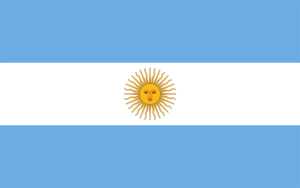
Native Spanish speakers: 40 million
Non-native Spanish speakers: 1 million
Argentina has retained the heavy influence of European customs following its 300-year colonisation by the Spanish. They declared independence in 1816, but cultural aspects such as the Spanish language have remained.
One interesting fact about the Argentine language is that, as well as the Spanish language, it has been influenced by Italian as well.
You’ll notice that each Argentinian zone has its distinct accent, such as the porte~no accent of Buenos Aires.
Bolivia
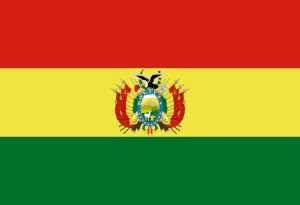
Native Spanish speakers: 6 million (68%)
The Bolivian culture is rich and diverse. 20% of the country’s population is made up of indigenous people, Aymara and Quechua included. In addition to Spanish, there are 36 recognised indigenous languages in Bolivia.
The principal official language of Bolivia, however, is Spanish, which was brought to Bolivia in the 16th century when the Spanish colonised the country.
Chile
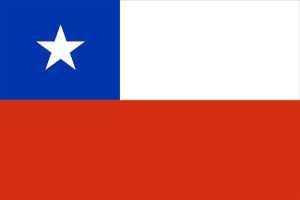
Native Spanish speakers: 18 million
Following the colonisation of Chile in the mid-16th century, the country has adopted a range of Spanish cultural aspects. Chile’s official language, for instance, is Spanish, but there is a significant blend of Spanish and indigenous culture too.
The Chilean dialect differs greatly from that of the European Spanish. It features different grammatical rules and colloquial terms that European Spaniards sometimes find challenging to understand.
Colombia
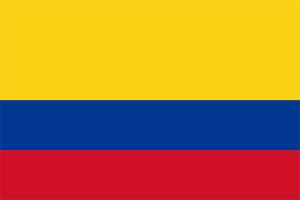
Native Spanish speakers: 47 million
The Columbian culture shares some similarities to many of the colonised Latin American countries. The cultural customs, for instance, are influenced by European Spanish cultural norms and beliefs — including the rate of Roman Catholicism and the language.
Upwards of 99% of people in Colombia speak Spanish. Other languages that are also spoken in Colombia include Creole, Romani and Creole.
Costa Rica
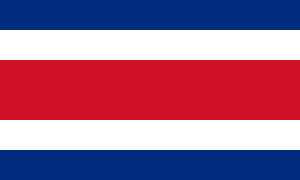
Native Spanish speakers: 4 million
In the 16th century, Costa Rica was colonised by Spain. The country’s name, given to it by Christopher Columbus translates to the ‘rich coast’, with costa meaning ‘coast’ and rica meaning rich in Spanish.
Other languages spoken in Costa Rica include Maléku and Cabécar, but very few inhabitants speak these particular languages.
The main religion in Costa Rica is Catholicism, which is another way that Spanish beliefs have influenced the country. Approximately 50% of Costa Ricans are Catholic.
Cuba

Native Spanish speakers: 11 million
Bringing together the influences of Spanish culture and African customs, Cuba has a unique and wide-ranging culture. It was after Diego Velazquez began the colonisation of Cuba in 1511 (then known as Juana) that the country began to take on some of these customs.
The official language of Cuba, for instance, is Spanish, with 90% of Cubans speaking the language.
Dominican Republic
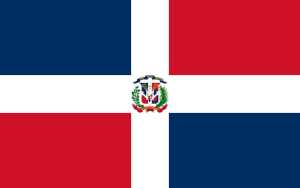
Native Spanish speakers: 9 million
As well as the indigenous Taíno language and culture, the Dominican Republic is also home to European Spanish and African cultural elements. The country has been influenced by European Spanish culture in terms of its language and traditions.
As a result of the Spanish settlement, for instance, Spanish has become the Dominican Republic’s official language. Also notable is the fact that there is a range of accents in the Dominican Republic, all similar to both Andalusia and the Canary Islands.
Ecuador
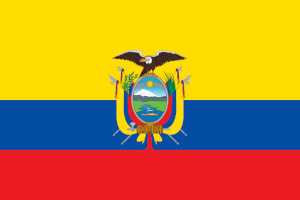
Native Spanish speakers: 14 million
The Ecuadorian culture has taken on and adopted much of the Spanish culture and heritage. As with the other countries on this list, Spanish is widely spoken in Ecuador, with 90% of the population speaking Spanish as their first language.
The indigenous population also speak languages such as Kichwa Shaur and Wao.
The country has a wide range of cultural events and religious customs, which include Holy Week and Carnaval — both of which are also celebrated in Spain.
Equatorial Guinea
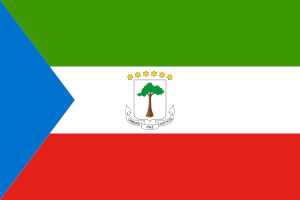
Spanish speakers: 737,000
Spanish is the second language of practically all of the 737,000 Spanish speakers in Equatorial Guinea.
There are several grammatical differences between European Spanish and the Spanish spoken in Equatorial Guinea. For instance, tú and usted are often used alongside each other. In other words, there is not the same distinction between tú and usted as there is in Spain.
Spanish, however, has been one of Equatorial Guinea’s official languages since 1844, and 67.6% of the population speak it.
El Salvador
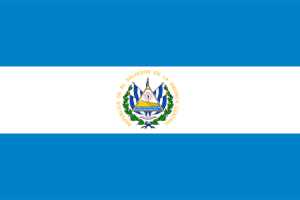
Native Spanish speakers: 6 million
In El Salvador, you’ll find that there is a range of languages. These languages include Lencan and Mayan, as well as Pipil.
But these languages are spoken by a small minority, (with less than one per cent of the population speaking Pilpil, for example). Central American Spanish is the dominant language in El Salvador.
The country has absorbed Native American, Mestizo, Latin American and Spanish cultures, which run throughout various ways of life in El Salvador. Most notably, 75% of the population identifies as Roman Catholic, which has influenced El Salvadorian culture from the colonial period.
Guatemala
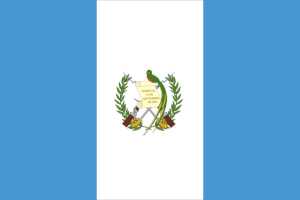
Native Spanish speakers: 10 million
The Guatemalans speak a variation of Spanish known as Guatemalan Spanish, or espa~nol guatemalteco. 93% of the population speaks Spanish, but there are also other languages spoken in rural regions of the country as well.
One example of this is the Mayan language, and another is the Garifuna language. The 2003 Language law in Guatemala declared these and other languages national languages, but there are also other languages spoken in Guatemala.
As well as German and French, you will also find Chinese and English speakers in Guatemala.
Honduras
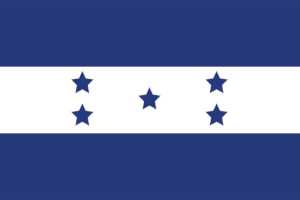
Native Spanish speakers: 8 million native speakers
Of the 9 million Hondurans, Spanish is spoken by 8 million native speakers in Honduras. Hondurans speak a Spanish variant known as Honduran Spanish.
One interesting point about Honduran Spanish is that various slang terms might not be recognisable to European Spaniards. Some of these words include maje (dude) and bululo (bread).
The language was adopted during colonial times as was Roman Catholicism. These two cultural norms remained after the independence of Honduras in 1821.
Mexico
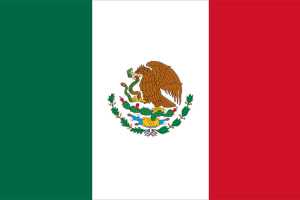
Native Spanish speakers: 113 million
Mexico is the largest Spanish-speaking country (by population size).
When the Spanish colonists came to Mexico in the 16th century, they brought the Spanish language as well. In Mexico, the spoken variant is called espa~nol mexicano — Mexican Spanish.
There are a few phonetical differences between European and Mexican Spanish. One of the most notable differences includes the pronunciation of the letter z. In European Spanish, the letter z is pronounced similarly to a ‘th’ sound in English, whereas in Mexican Spanish it is pronounced like the letter ‘s’.
There are also indigenous languages that, in a similar way to the Guatemalan indigenous languages, have been made national languages by law.
Nicaragua
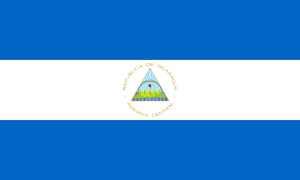
Native Spanish speakers: 5 million
Nicaragua, a country that has been colonised by Britain and Spain, has a complex history. Following its colonisation and subsequent independence in 1821, the country had a civil war in 1926.
The Spanish language that remains, which is spoken in Nicaragua, is called espa~nol nicaragüenese (Nicaraguan Spanish). It is similar to many of its surrounding countries, but some things are different.
For instance, instead of the person pronoun tú, Nicaraguans use the phrase voseo, shortened to vos. This might be confusing for students of European Spanish, as the word vos might call to mind the personal pronoun vosotros.
Other languages spoken in Nicaragua include some indigenous languages such as Miskito.
Paraguay
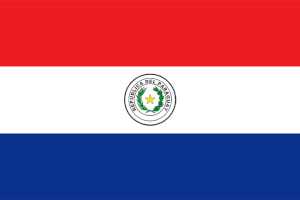
Native Spanish speakers: 6 million
Paraguay’s official languages are Guarani and Spanish, with the majority of Paraguayans being bilingual and able to speak both of these languages.
There are a few differences between Paraguayan Spanish and European Spanish. As with Nicaragua, Paraguayans also use the voseo personal pronoun. They use it when using or referring to the second person singular.
A remarkable cultural fact about Paraguay’s official language Guarani is that it is one of the longest enduring indigenous languages within South America, with 90% of the population speaking it.
Panama
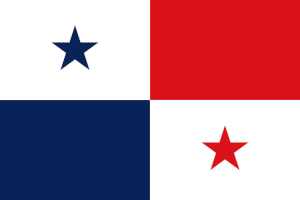
Native Spanish speakers: 2.5 million
Spanish is Panama’s official language. It is referred to as Panamanian Spanish and, since colonial times, it has spoken in the country. Now, Panamanian Spanish is spoken by more than 2.5 million native speakers.
But there are also some dissimilarities between Panamanian Spanish and European Spanish in terms of some of the spoken words and vocabulary. Panamanians, for instance, have adopted words and phrases from English. One of these words is fren, which is an abbreviation of the English word ‘friend’.
Some of the pronunciations differ too, with Panamanian Spanish sounding similar to Cuban and Puerto Rican Spanish. In certain words and phrases, for instance, Panamanians use an aspirated h sound instead of an s.
Perú
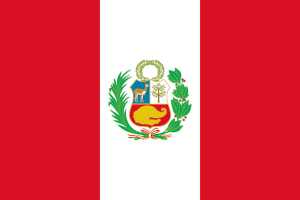
Native Spanish speakers: 26 million
Since 1532 and the subsequent colonial period, Peruvians have spoken Spanish. As well as Amazonic Spanish, other dialects spoken in Peru include Peruvian Coast Spanish, Andean Costal Spanish and Andean Spanish.
It was conquered by the Spanish in the 16th century, and it was only after José de San Martín’s military campaigns that Peru could achieve independence in 1824.
Today, as well as the predominant Christian religion, the language has remained — there are 26 million Spanish speakers in Peru.
Puerto Rico
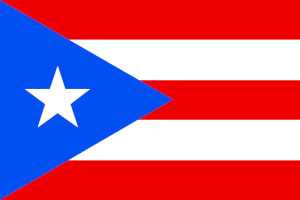
Native Spanish speakers: 6 million
The official languages of Puerto Rico are Spanish and English. The Spanish language spoken in Puerto Rico is called espa~nol puertorrique~no and it is spoken by more than 6 million people.
Given that during the colonisation period, many Andalusian farmers settled in Puerto Rico, the language is similar to the Andalusian dialect.
The 19th century saw more immigrants settle in Puerto Rico, such as people from Italy and France — to name a few. It’s therefore not uncommon to hear words and phrases from other European languages being used in Puerto Rico as well.
The country has absorbed much of the Spanish culture, including its architecture and traditions such as giving newborns two surnames.
Spain
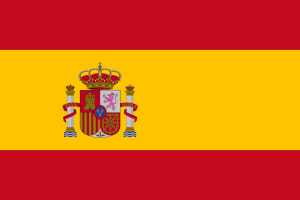
Native Spanish speakers: 40 million
Spain has more than 40 million native Spanish speakers. But one thing we should mention about Spain is that it also features a range of other languages in each of its main regions. These languages include Catalan (of Catalunya), Galician (of Galicia), and Basque (of the Basque Country).
As we’ve mentioned, the Spanish language (espa~nol), is also known as Castellano because the language originated in Castile.
Castellano is Spain’s official language and the country has a vibrant culture known for its delicious food and good wine.
Uruguay
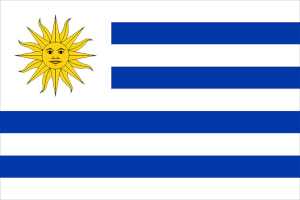
Native Spanish speakers: 3 million
In Uruguay, there is a variation of the Spanish language spoken by three million Uruguayans. The language is called espa~nol uruguayo or Uruguayan Spanish.
In addition to the Spanish cultural influences in Uruguay, the country has also taken on some of the Italian culture and dialects. This is mainly due to the range of Italian communities found in the country.
One thing to note is that there are many dissimilarities between the Uruguayan Spanish accent and the European Spanish accent or even that of some Latin American countries. Some words that are also adopted from the Italian language are not easily understood by European Spaniards or Spanish speakers in Latin America.
Venezuela
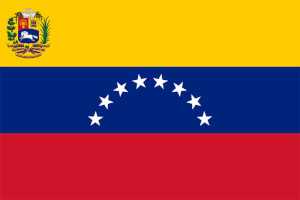
Native Spanish speakers: 30 million native speakers
The variation of Spanish spoken in Venezuela is known as espa~nol venezolano (Venezuelan Spanish). The language has been spoken there since colonial times in which colonists brought the Spanish language to Venezuela.
As with Uruguayan Spanish, some Spaniards struggle to understand Venezuelan Spanish due to their distinct accent. The spoken language features dropped vowels and the dropped ‘s’ in words such as este ‘east’.
It features Italian and Portuguese customs due to those who immigrated to Venezuela towards the end of the 19th century.
Use your Spanish language skills abroad in a Spanish-speaking country
I’ll end this with a quick fact: A combination of all global Spanish speakers would cover more than two-thirds of the planet!
So, if you’re learning Spanish and love to travel, you can take your Spanish skills with you.
Make use of your Spanish language skills, share ideas and learn new customs. Speak with locals, get to know different traditions and expand what you know.
Knowing Spanish enhances your travels.
 Grab the link to this article
Grab the link to this article